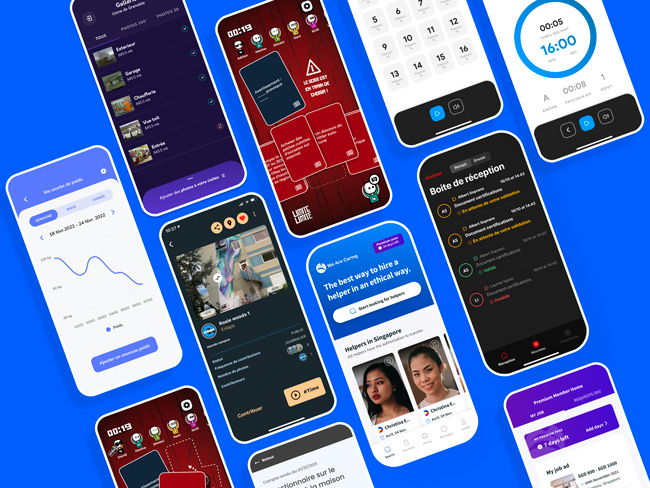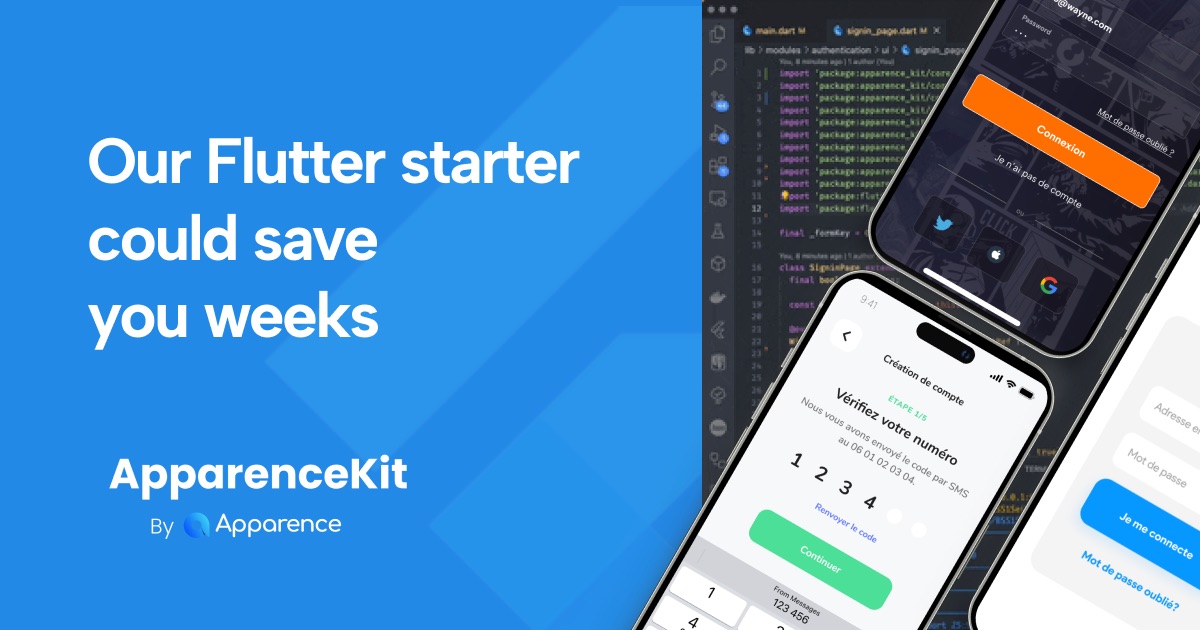Okay, I get it. You're a developer, I'm a developer.
We've all been there, staring at two great options and wondering which path to take for our next mobile app.
Flutter or React Native?
I used to have this debate 7 years ago, and it seems like it's still a hot topic today.
It's a common question, and there's no single "right" answer for everyone.
But I can share some of my thoughts, especially if you're looking at it from a pure development and performance angle.
Flutter vs. React Native: My Dev-to-Dev Take on Choosing
So, you're about to start a new mobile project. The big question pops up: Flutter or React Native? I've tinkered with both, and like many of you, I've read countless comparisons. Many of them are good, but sometimes they miss the nuances that we, as developers, really care about.
Let me break down a few points that often sway my decision, keeping in mind we're on a site that appreciates what Flutter brings to the table.
1. The Language: Dart vs. JavaScript
This is a big one for me.
Flutter uses Dart.
If you haven't used it, Dart is a client-optimized language that feels modern. The key thing here? Dart is strongly typed. This means the compiler catches a lot of type-related errors before your code even runs.
I find this leads to more robust code, easier refactoring, and fewer surprises at runtime, especially in larger projects.
Think fewer undefined is not a function headaches.
Also Dart has the null safety feature, which is a game-changer for avoiding null reference errors.
No more undefined or null variables sneaking up on you!
React Native uses JavaScript (or TypeScript, if you choose).
We all know JavaScript. It's everywhere, especially in web development. It's flexible, and its ecosystem is massive. However, JavaScript, by its nature, isn't strongly typed. Yes, TypeScript adds types, and it's a great addition, but it's an extra layer. With Dart, strong typing is baked in from the start. For me, this often gives Dart an edge in terms of building stable, maintainable apps.
TLDR: +1 for Flutter here. Dart's strong typing and null safety make it a more robust choice for mobile development, especially for larger projects.
2. How They Draw Things: The Rendering Engine
This is where things get really interesting under the hood. Flutter has always been about controlling every pixel on the screen. It initially used the Skia graphics library to draw its UI directly. Now, it's rolling out its own rendering engine called Impeller.
The goal with Impeller is even smoother performance and predictability, aiming to compile shaders at build time rather than runtime.
This is Flutter's own tech, built specifically for its needs.
This gives Flutter a lot of control and consistency in how UIs look and feel across different platforms.
(Android, iOS, windows, macOS, etc.).
Web is still using Skia, but the goal is to unify the rendering experience.
React Native traditionally uses native UI components. This means a React Native button is the native Android or iOS button. This is good for a native look and feel. However, to improve performance and flexibility, React Native's new architecture is also adopting Skia. It's a good move, but it's worth noting that they are integrating an existing, powerful graphics library, slightly changed for their needs, rather than building their rendering pipeline from the ground up in the same way Flutter did with Skia and now Impeller. For me, Flutter's approach of owning its rendering pipeline often translates to more consistent visuals and performance.
3. The "Feel" of Development: Not Just Web Tech in a Mobile Wrapper
If you come from a web development background, React Native will feel familiar.
You're writing JavaScript, using React components, and the whole ecosystem is very much in the web world.
That wasn't my case. I used to be a native developer that hated web development.
I wanted to build mobile apps, not web apps.
You're using JavaScript/React principles, and it can feel like you're building a web app that runs on mobile. For some, this is a huge plus.
Flutter, on the other hand, doesn't feel like web development. It's its own thing.
You're building UIs with widgets in Dart, and the way state management and UI composition works feels distinct.
Some web developers might find this a steeper learning curve initially. But once you get it, it's powerful. It encourages a different way of thinking about UI that's very well-suited for crafting custom, high-performance interfaces. If you're looking for something that truly breaks away from web paradigms to focus solely on creating rich mobile experiences, Flutter offers that.
My take: +1 for Flutter here. I love how it feels like a mobile-first framework. It doesn't try to be a web app on mobile. There is no magic web stuff happening behind the scenes. You get to control everything, and it feels like you're building a native app, not a web app in disguise.
4. Companies adopting Flutter
Flutter is gaining traction in the industry. Companies like Alibaba, BMW, and eBay are using it for their apps.
The Framework is backed by Google, and they are investing heavily in its future.
So many big companies are using Flutter, and the community is growing rapidly.
8 examples of popular apps made with Flutter.
Conclusion: Which One?
Look, if your team is full of React wizards and you need to leverage a lot of JavaScript libraries, React Native is a solid choice. It gets the job done.
The best advice is always to try building a small sample app in both.
But from my perspective, especially when thinking about long-term maintainability and aiming for that slick, custom UI performance, Flutter has some compelling advantages baked into its core design.
ALso don't forget about native development.
Here's a comparison of Flutter vs native development that might help you decide if you want to go with Flutter or native development.
Hopefully, these points give you a bit more to think about from a developer's angle!




